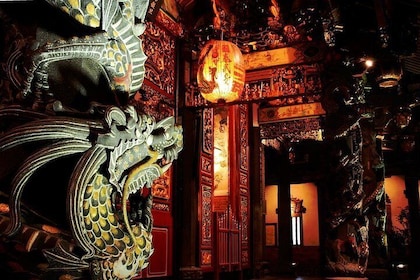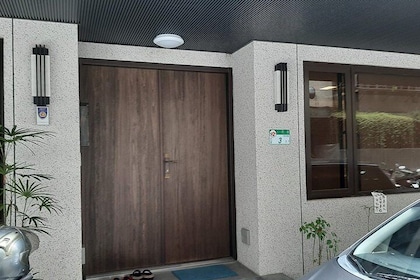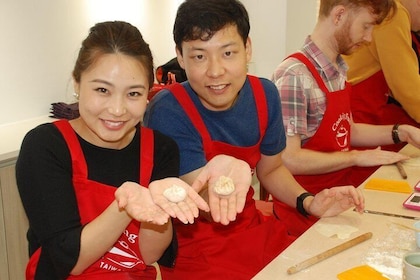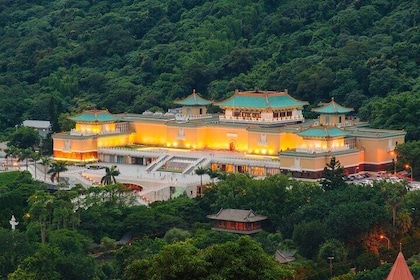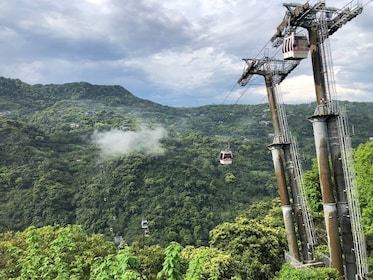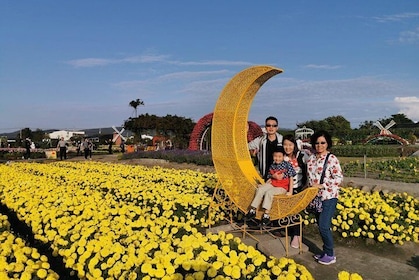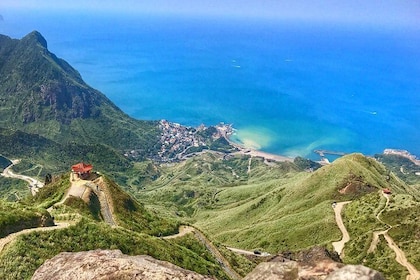The National Taiwan Museum is a landmark building with exhibitions that showcase the significant events that have shaped Taiwan’s national heritage. Learn about the region's natural and human development through five sections of exhibits: anthropology, earth sciences, zoology, botany and education.
Established in 1908, the museum is the oldest in Taiwan. The architecture is Greek Doric style with columns at the entrance and a domed roof. Inside the impressive central hall with its Romanesque pillars and marble floor, look up to see the stained glass in the dome. On the third floor, find statues of Japanese statesmen Kodama Gentarō and Gotō Shinpei, who were instrumental in the modernization of Taiwan. The museum was originally established to celebrate the inauguration of Taiwan’s north–south railroad.
Browse the largest anthropological collection on the island. Learn about diverse subjects of animal resources, vascular plants, algae, micro-algae and biodiversity. View relics from the prehistoric Yuanshan culture and see three of the most valued historic artifacts of the museum: the Kangxi Taiwan Maps, a portrait of Zheng Chenggong and the Blue Land Yellow Tiger Flag of the Republic of Formosa.
Next to the main building, visit the museum’s Taiwan Land Bank Exhibition Hall to find giant dinosaur skeletons, as well as information on Taiwan’s financial and economic history.
The National Taiwan Museum places an emphasis on education and research, with a particular focus on the culture of the indigenous Taiwanese people and the Han Chinese. Join an educational programme or browse publications about the various exhibitions.
After a day at the museum, relax in 228 Peace Park. Visit the 228 Memorial Monument and Museum to learn about the history of the park and the violent events of February 28, 1947, which are now commemorated in this peaceful setting.
The National Taiwan Museum is open during the day, Tuesday through Sunday. To get there, catch the MRT to the National Taiwan University Hospital.
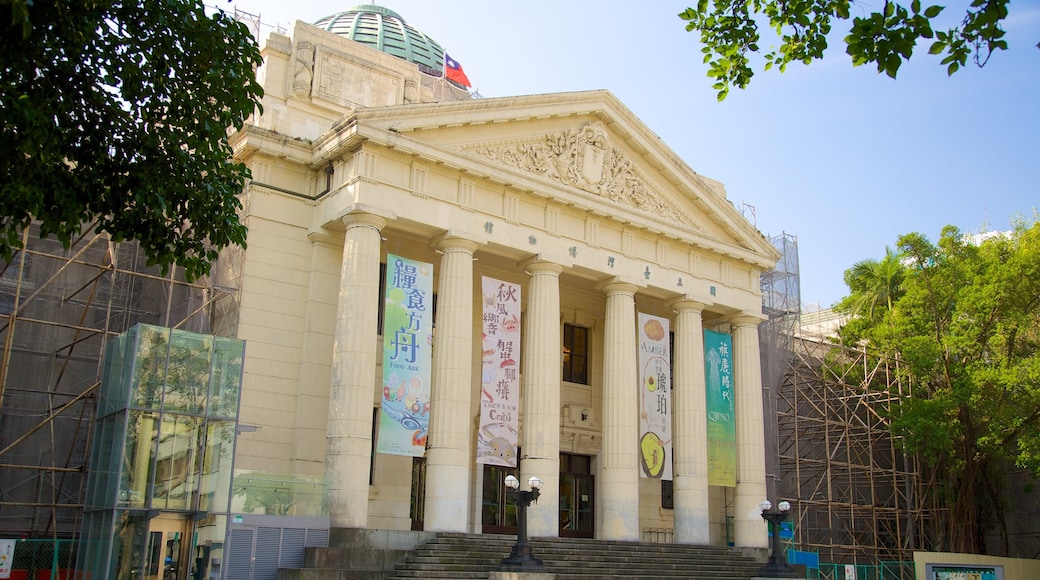


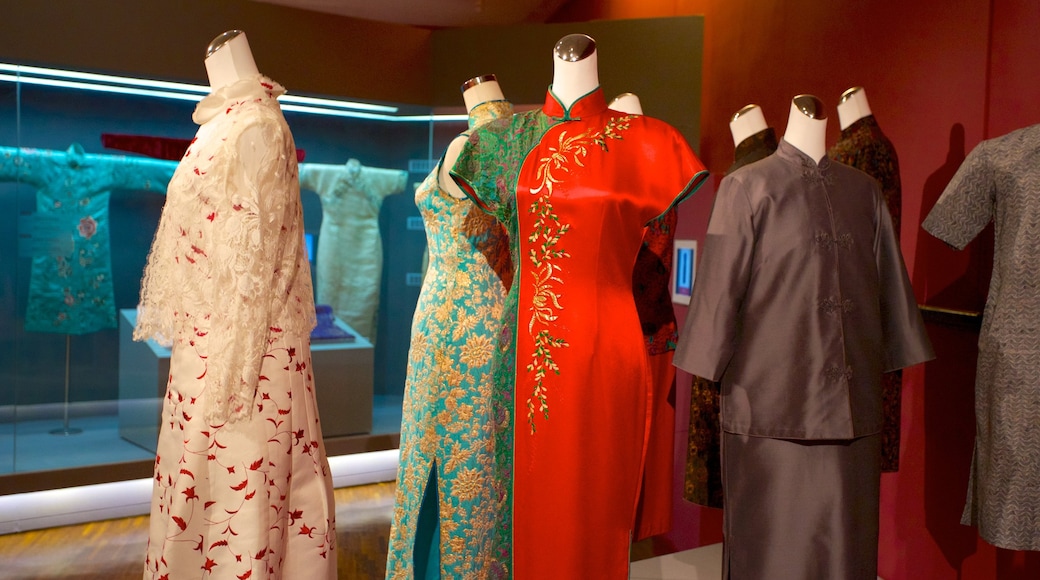
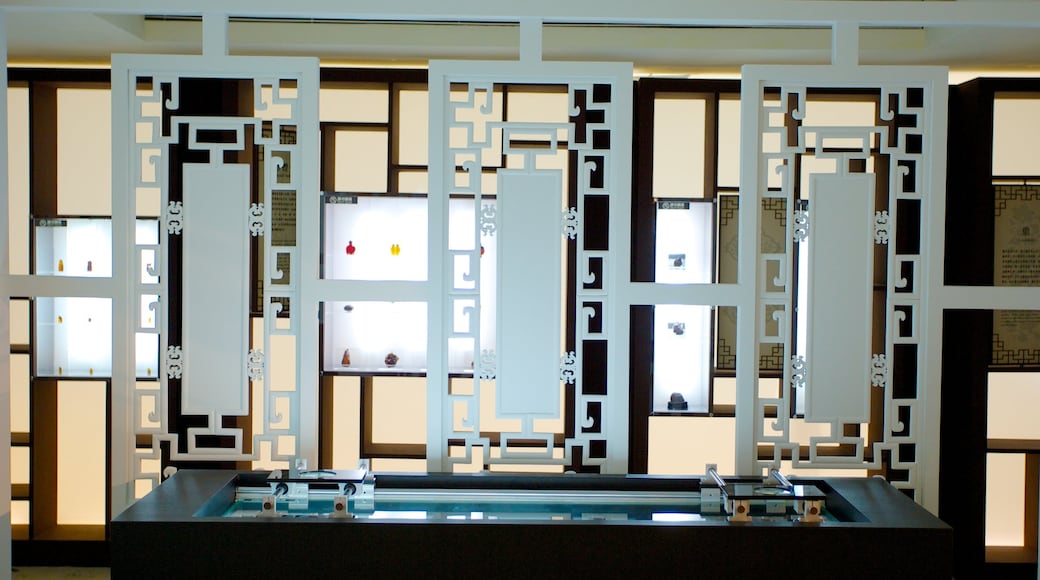





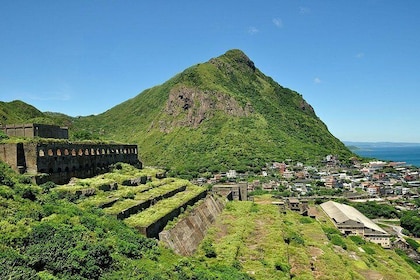

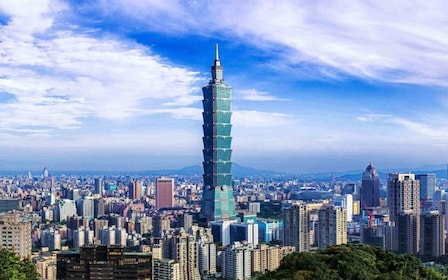






![[Private Tour] Shilin Night Market Walking Tour With a Private Tour Guide (...](https://mediaim.expedia.com/localexpert/45020765/d5c4c073-d957-460a-8bbd-53335ed97afc.jpg?impolicy=resizecrop&rw=500&rh=280)




